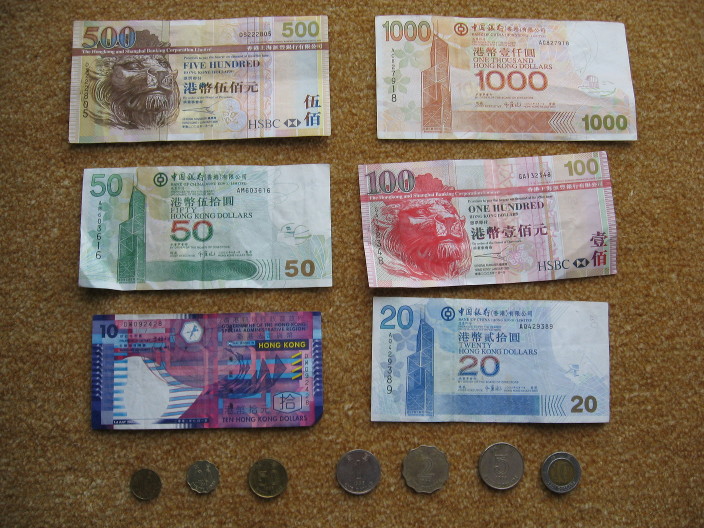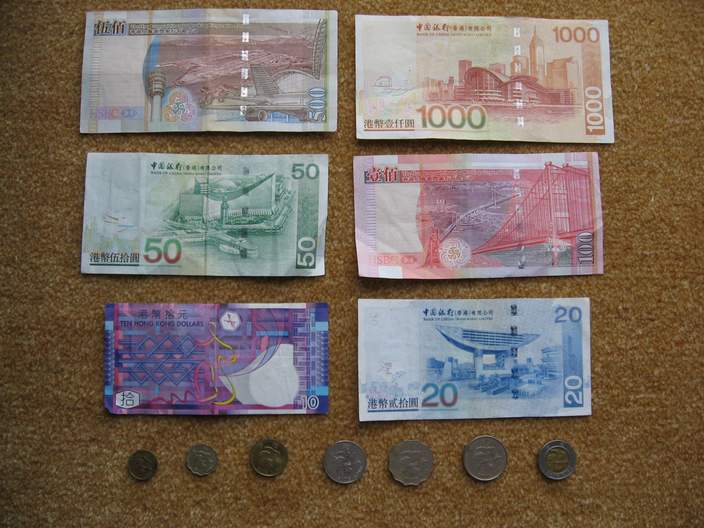Mar 21 2010
Hong Kong Dollars
Although Macau has its own currency (called the pataca, or the MOP), the currency of choice in the casinos of Macau is the Hong Kong dollar. Some casinos only accept the Hong Kong dollar, and others accept both. It is unofficially required for all casinos to accept Macau patacas at some gaming tables. Those tables that accept both have separate chips for each currency, differing slightly in color.
To make matters more confusing, all non-gambling purchases are in Macau patacas. Most merchants in Macau accept the HKD and will, when available, give change in HKD. In the Wynn, for example, while the casino bases its chips on the Hong Kong dollar, the restaurant and store prices are in Macau patacas. When I was there, the Hong Kong dollar was worth about 3% more than the Macau Pataca, and the merchants were happy to accept Hong Kong dollars in lieu of patacas. The exchange rate from HKD to MOP is 1.0273, which is usually quoted in Macau as 1.03. Cashiers usually had a tray of Hong Kong dollars under a tray for Macau patacas. If you use an ATM in Macau you will be asked whether you want your money in Hong Kong or Macau pataca. If you don't want to fuss with two types of currency in your wallet, stick to using the Hong Kong dollar for everything.
The Hong Kong dollar, Macau pataca, and Chinese Yuan all trade in the ratio in the range of 7.7 to 7.9 per one U.S. dollar. It has been this ways for years, and it is not a coincidence. The money exchange places in Macau offer competitive exchange rates. At the Wynn cage, for example, the offered rate of Hong Kong dollars to U.S. dollars was about 0.2 less than the going rate.
The Hong Kong dollar and the Macau Pataca comes in paper units of $1000, $500, $100, $50, $20, and $10. Hong Kong and Macau coins come in $10, $5, $2, and $1, 50-cents, 20-cents, and 10-cents, although anything under $1 is not often used. Here are some pictures from my own wallet.
Front
Back
Links
Currency conversion calculator from Yahoo.
Linked exchange rates from Wikipedia.
Hong Kong dollar from Wikipedia.
Acknowledgements
Kathi M. for fact checking this page.




